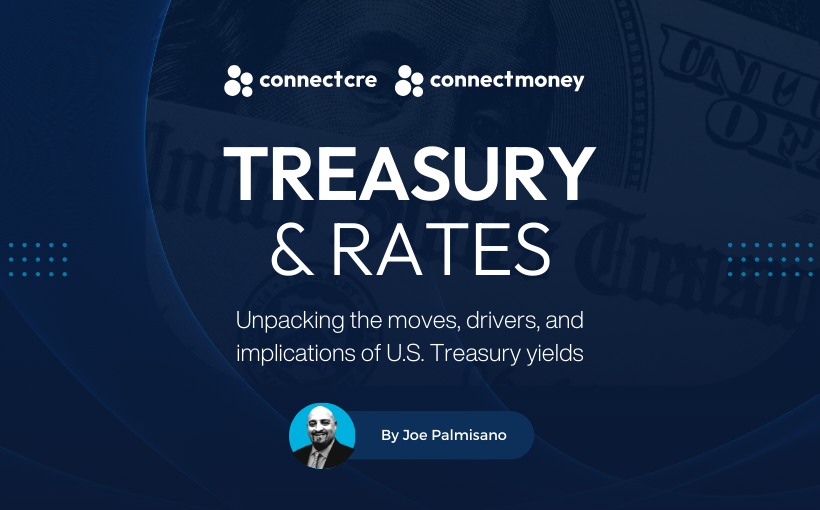**Understanding the Current Bond Market Turmoil**
The bond market—especially investment-grade (IG) bonds—is facing heightened volatility as disruptions spill over from government bond activity. A convergence of mounting tariff threats and rising geopolitical tensions is driving investor uncertainty, fueling fears of inflation and a potential economic slowdown. These developments are triggering sharp swings in government bond yields and negatively impacting the broader fixed-income landscape.
### What’s Behind the Volatility?
At the heart of the current turmoil is a complex mix of trade policy uncertainty and geopolitical instability. The looming threat of increased tariffs is raising concerns about higher production costs, inflationary pressures, and stunted economic momentum. Meanwhile, the Federal Reserve’s response remains ambiguous, only deepening market anxiety.
Federal Reserve officials remain divided in their outlook. Mary Daly, President of the San Francisco Federal Reserve, has called for patience, suggesting two rate cuts in 2025 could be “reasonable” amid ongoing tariff uncertainties. In contrast, Governor Adriana Kugler has adopted a more hawkish stance, emphasizing the need to keep rates steady as inflation expectations rise. According to the University of Michigan’s Consumer Sentiment Index, year-ahead inflation expectations reached 5.0%, with long-term expectations at 4.3% in March.
This policy divergence has resulted in wild fluctuations in U.S. 10-year Treasury yields, with little sign of a clear direction. For fixed-income investors, particularly those in the IG bond space, this has created a challenging and unpredictable environment.
### Rate Volatility Reaches Crisis Levels
Analytical measures of interest rate volatility—such as synthetic swap returns over a rolling 12-month period—are now approaching levels not seen since major financial crises, including the 2008 Global Financial Crisis and the COVID-19 pandemic. This extreme volatility is rattling confidence and testing the resilience of the traditionally steadier investment-grade bond market.
### Sluggish Reaction in Credit Markets
Corporate credit spreads, which reflect the additional yield investors demand to hold company debt over government bonds, are lagging behind the rate volatility seen in Treasuries. In the U.S., spreads have softened slightly amid tariff fears, but haven’t widened to levels that fully reflect the current risk environment. This delay may indicate that parts of the credit market are underestimating the dangers ahead.
As trade tensions and political uncertainties persist, a broader uptick in credit volatility seems likely. Investors unprepared for this dynamic could face gradual but significant portfolio challenges unless they take proactive measures.
### A Strategic Pivot: Shorter-Duration and High-Yield Bonds
In response to the current market landscape, investors might consider shifting toward shorter-duration assets such as high-yield (HY) bonds. These instruments are generally less sensitive to interest rate fluctuations, offering some relative protection against volatility.
However, this approach requires caution. Though HY spreads have widened recently, valuations remain high at aggregate levels, making this strategy better suited for selective, active investment rather than passive exposure. Investors should focus on identifying attractive opportunities while managing downside risk.
### Volatility Brings Opportunity
While volatility is unsettling, it is also where opportunities thrive. The bond market is currently showing disparities that active investors can capitalize on.
For instance, regional variations are emerging in investment-grade and high-yield credit spreads. European IG spreads have tightened by 11 basis points so far this year, while U.S. IG spreads have widened by 12 basis points. In the HY space, European spreads have increased by six basis points, but U.S. HY spreads have surged by 33 basis points.
These divergences, combined with uneven tariff impacts, provide fertile ground for active management. Investors who conduct thorough fundamental analysis and adopt a hands-on approach are best positioned to navigate the current landscape and generate outperformance.
Although a systemic credit crisis isn’t expected at this time, market turbulence emphasizes the need for vigilance and adaptability. Passive investing may not be enough to weather the storm—this is a moment for active risk assessment and strategic positioning.
—
We welcome your thoughts and perspectives in the comments section below.




